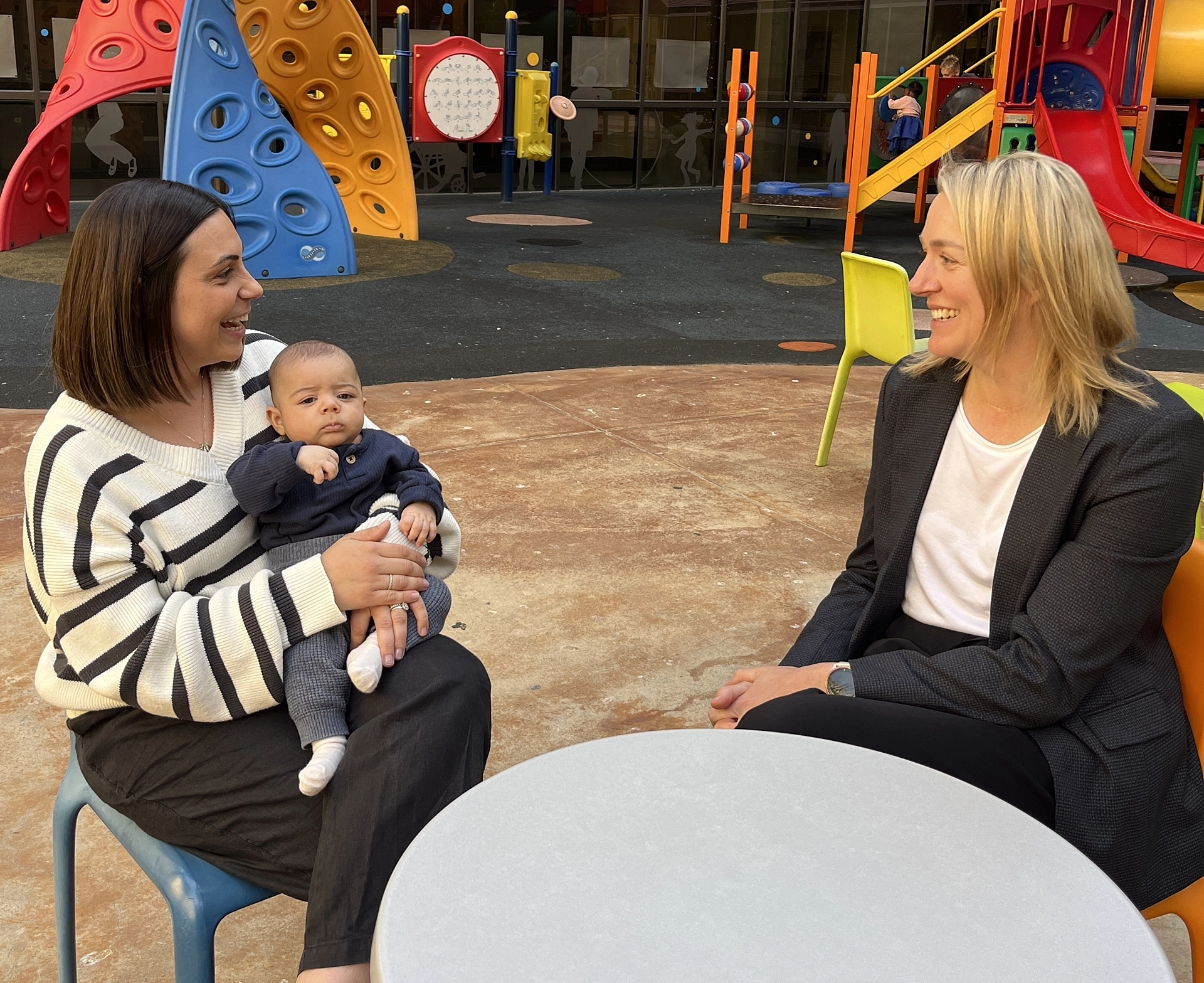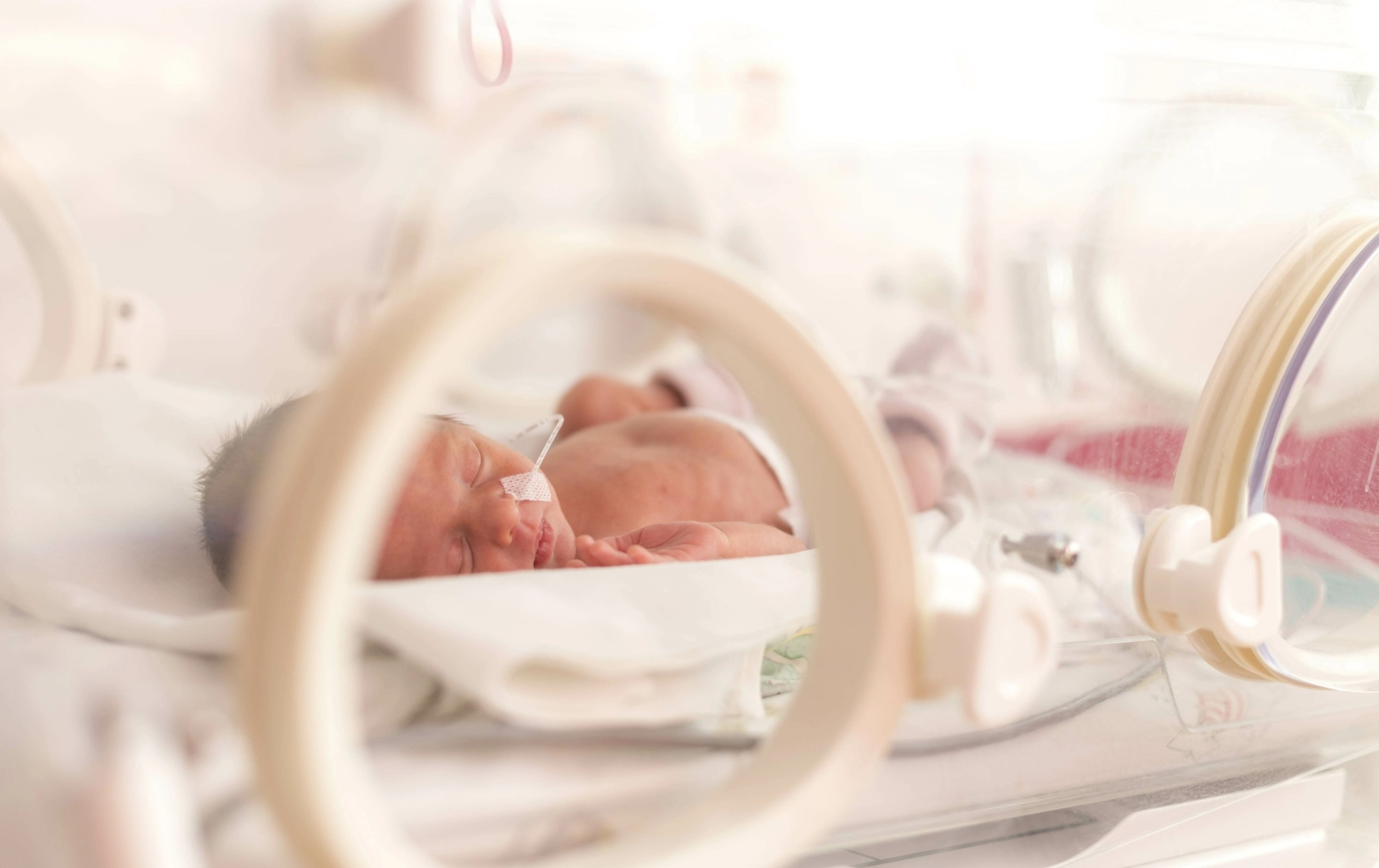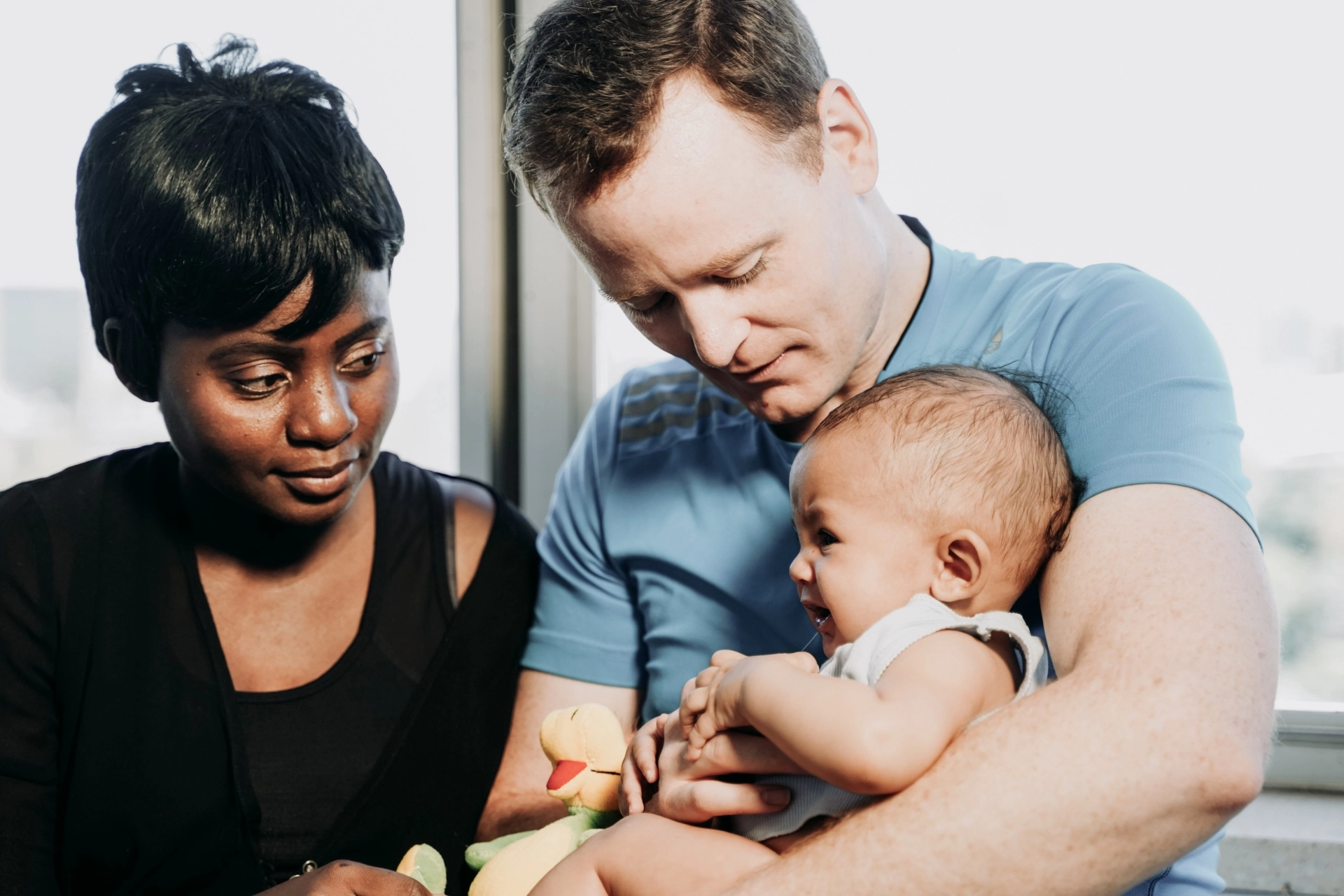An international research collaboration conducting a comprehensive review of studies from across the globe has reaffirmed that magnesium sulphate, a medication widely used during pregnancy, significantly reduces the risk of cerebral palsy and death for very preterm babies.
The Cochrane Systematic Review, recently co-published in Obstetrics & Gynecology, was based on six trials involving 5917 women, pregnant with their 6759 babies. It compared the effects of magnesium sulphate with placebo, finding strong evidence for the brain protecting benefits of magnesium sulphate for very preterm infants.
One of the lead researchers, Dr Emily Shepherd, a Postdoctoral Research Fellow and NHMRC Emerging Leadership Fellow at SAHMRI, says the results are significant for prematurity research, with magnesium sulphate being one of only two proven prevention strategies for cerebral palsy.
“Our review now demonstrates with high certainty, that magnesium sulphate, administered to women at risk of very preterm birth, can reduce the risk of cerebral palsy and death for their children up to two years of age,” Dr Shepherd said.
All trials included women in preterm labour or with expected or planned preterm birth before 34 completed weeks of their pregnancies. Magnesium sulphate was administered intravenously but various treatment protocols were used across the trials.
Importantly, the review showed that medicating with magnesium sulphate doesn’t raise the risk of preterm babies or their mothers incurring other short or long-term complications.
“While magnesium sulphate may cause minor side effects for women such as warmth and flushing, when used appropriately, it has not been shown to increase serious complications for women, such as death, cardiac or respiratory arrest,” Dr Shepherd said.
“The side effects commonly experienced are comparatively minor and generally tolerable given the significant potential upside for the unborn child.”
While magnesium sulphate is now a standard treatment for preterm cerebral palsy prevention across the globe, Dr Shepherd says many questions remain unanswered.
“We still don’t know if the effects of this treatment vary based on the characteristics of women and babies treated and the treatment protocols used,” Dr Shepherd said.
“This knowledge gap means there’s currently different recommendations around the world for who, how and when to give magnesium sulphate, lowering confidence in the treatment.”
Supported by the Australian Cerebral Palsy Alliance, Dr Shepherd and her team will now progress this research using the individual patient data from the trials. This is an efficient and cost-effective way to maximise the potential of the completed trials, and the contribution of all the women and children who have been involved.
“We’re optimistic our findings will lead to updated, consistent recommendations for the use of magnesium sulphate globally. Ultimately, this will help prevent more children from having cerebral palsy,” Dr Shepherd said.
So far, these trials have been conducted in high-income countries. Researchers say broadening studies to encompass low and middle-income settings should be prioritised.
- SAHMRI Women and Kids, South Australian Health and Medical Research Institute, Adelaide, Australia.
- Adelaide Medical School, The University of Adelaide, Adelaide, Australia.
- Cerebral Palsy Alliance Research Institute, Specialty of Child and Adolescent Health, Sydney Medical School, Faculty of Medicine and Health, The University of Sydney, Sydney, Australia.
- Department of Obstetrics, Gynaecology and Newborn Health, The University of Melbourne, Melbourne, Australia. INSERM Unit 1245, Team 4, Rouen School of Medicine, Normandy University, Rouen, France.
- Department of Neonatal Pediatrics, Intensive Care, and Neuropediatrics, Rouen University Hospital, Rouen, France.
- Women & Infants Hospital of Rhode Island, The Alpert Medical School of Brown University, Providence, Rhode Island, USA.
- Department of Anesthesiology, The University of Wisconsin School of Medicine and Public Health, Madison, Wisconsin, USA.
- Department of Gynaecology and Obstetrics, Hvidovre University Hospital, Hvidovre, Denmark.
- Liggins Institute, The University of Auckland, Auckland, New Zealand





